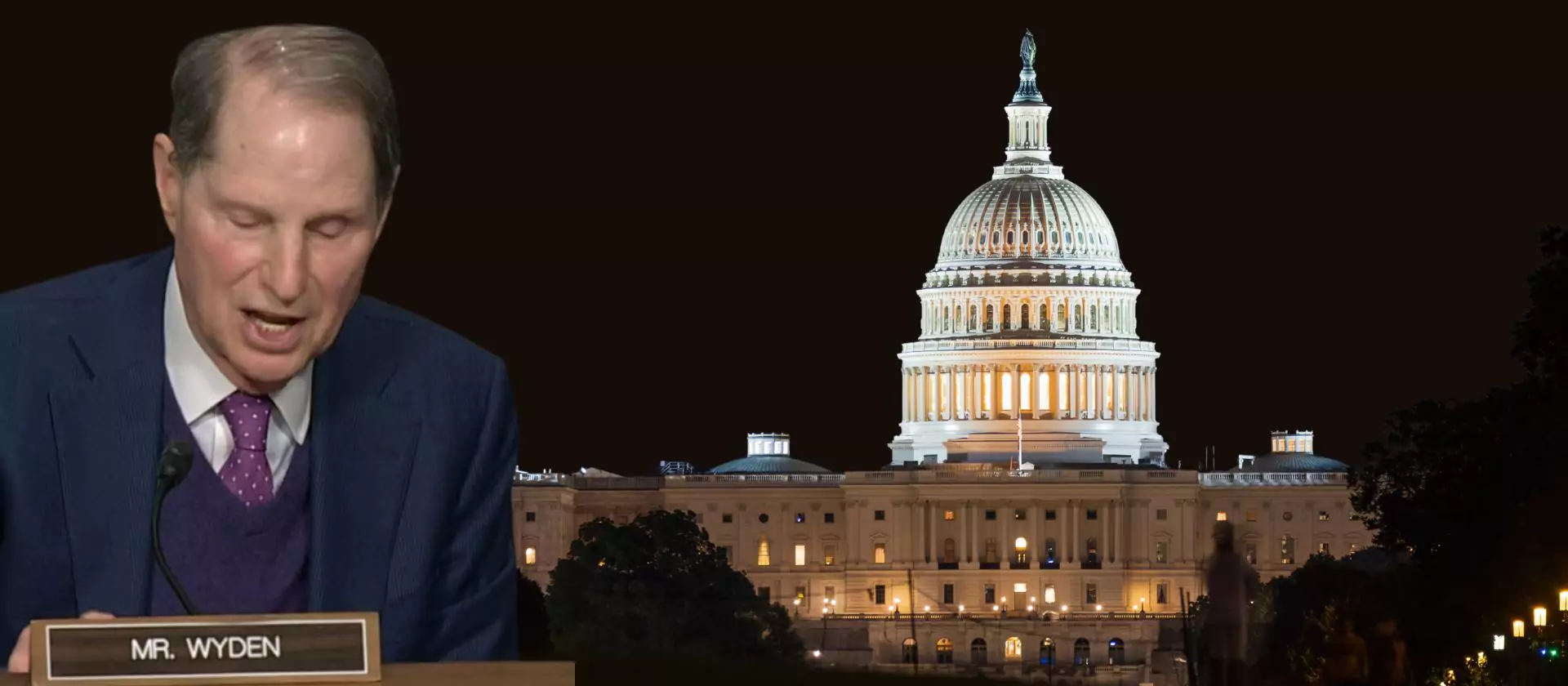Measuring Food Insecurity and Hunger
Executive Summary
People are not supposed to go hungry in America or in Oregon, but they do. The U.S. Department of Agriculture (USDA) estimates that 5.8 percent of all Oregon households live with hunger due to insufficient money for food. This is the worst rate in the country. Moreover, according to the USDA, an additional 6.8 percent of households in the state survive on the verge of hunger, even in these times of good economic health.
Download a copy of the full report: How Many Hungry Oregonians? (PDF)
The more precisely food insecurity and hunger in Oregon is measured, the more effectively public policy can address the problem. This paper examines the available measurement options and makes recommendations about which measures would be best to use on the Oregon Population Survey (OPS). It also uses the 1998 Oregon Population Survey and the USDA’s findings to demonstrate the seriousness of Oregon’s hunger problem, and the importance of precise measurements.
This analysis of the federal and state efforts to date to measure food security and hunger in Oregon finds that:
- Existing measurements of food insecurity and hunger in Oregon, including the USDA report, suggest a very serious problem in the state. The levels are especially high in low income, minority, and renters’ households.
- The Oregon Population Survey, which does not reach households too poor to own a phone, estimates that 119,000 Oregonians do not have enough to eat, and that 592,000 are not eating the kinds of food they want.
- The USDA report concludes that some 400,000 Oregonians are going hungry or facing such economic hardship that they may be going hungry if the economy worsens.
- The research methodology employed on the USDA’s report is the most sophisticated and carefully designed measure available.
This report recommends that the Oregon Population Survey in 2000 should include a measure that is as similar as possible to that used by the USDA. Three alternatives are proposed to improve the Oregon Population Survey and limit the costs of the improvements. In addition, this report recommends that the 2000 Oregon Population Survey incorporate a supplement to reach households without telephone service.





